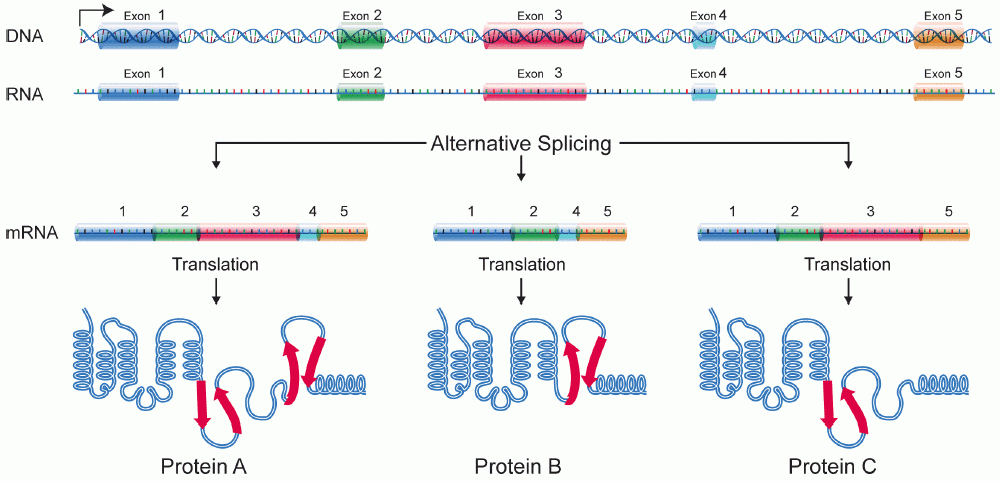Vampire bats are the only vertebrates that feed on the blood of other mammals. But the capacity to do so may be buried in all of us, according to a new study which pinpoints the underlying genetic origins of traits that make a good vampire.
Vampire bat saliva, which includes a cocktail of flesh-numbing compounds and anti-clotting agents, is uniquely adapted to a blood-feasting lifestyle. In a forthcoming paper in Frontiers in Ecology and Evolution, Caleb Phillips and Robert Baker of Texas Tech University present evidence that these venomous weapons evolved by recruiting ancestral genes to produce new molecules. In their original state, so-called vampirism genes serve entirely non-Satanic purposes.
“Interestingly, these gene products do not appear to be secreted from the salivary glands of related insect-eating bats, but the genes that code for them are present in their genomes, just as they are in our human genomes and those of most animals,” Phillips said in a statement.
The study presents two molecular mechanisms that enabled vampire bats to become blood suckers: Exon micro-deletions, wherein small snippets of DNA are removed from the genome, altering the sequence that’s read and translated, and alternate splicing, in which components of a gene are stitched together in a different arrangement, resulting in a new gene product.

Diagram illustrating how arranging RNA transcripts in different orders can result in different protein products. This mechanism is believed to be behind several of the compounds vampire bats use to feast on blood. Image Credit: Wikimedia
Both of these are well-established mechanisms for changing the function and expression of genes. In the case of vampire bats, genetic rearrangements seem to have resulted in useful molecules being recruited to the salivary glands.
“Future studies that will include larger comparisons among bats, other blood-eating species and additional tissues are needed to clearly describe the importance of gene recruitment, alternative splicing and genome reorganization for the evolution of blood-eating,” Phillips said. “Our work provides new insights about genomic adaptations underlying blood-eating in the remarkable evolution of vampire bats.”
And who knows? Maybe with a little genetic tinkering you, too, can become a vampire. Now somebody please go write a best-selling teen novel series with that premise.
[Read the full scientific paper at Frontiers in Ecology and Evolution h/t Texas Tech News]
